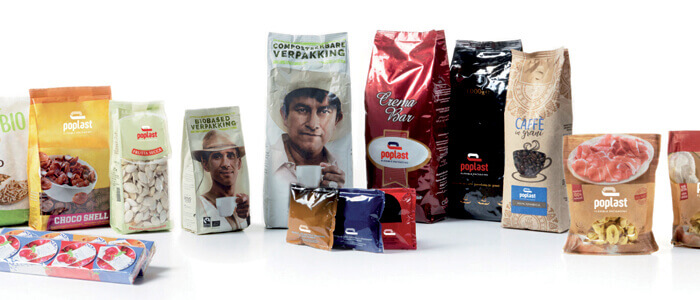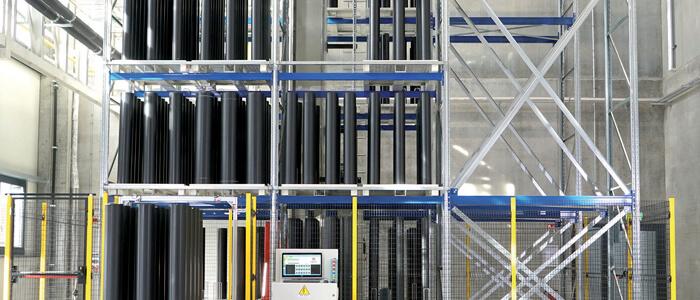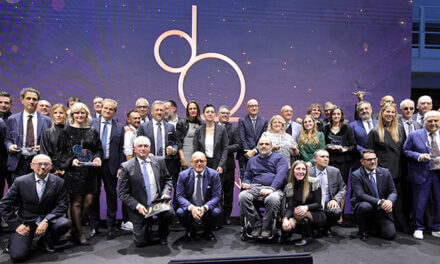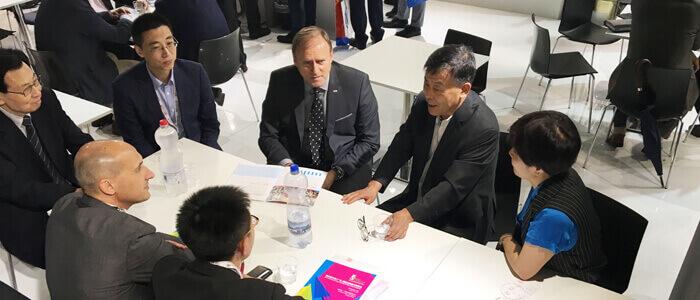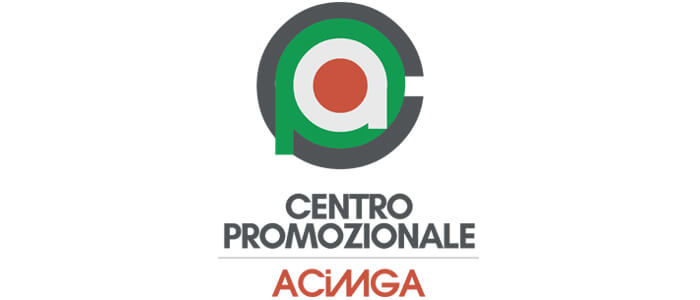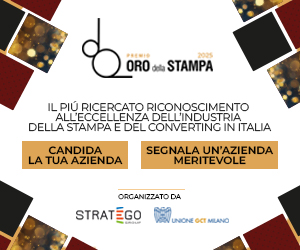On the basis of what criteria and with what pros and cons can one choose the technology with which to print a job lot? The point of view of the buyer, the converter and the technicians who have to do the job, in the new series of articles written for Converting by Simone Bonaria and Matteo Melegatti together with the Poplast staff.
The Special Team of experts that last year followed a “real” printing job (not a test) for Converting has changed its name to examine its constituent elements and criticalities, highlighting the choices made by the printer to achieve the yield and quality agreed with the customer. Simone Bonaria and Matteo Melegatti – our two explorers of applied technology – are now called Converting Insiders, a multi-sense expression that explains itself: not just information tourists but skilled technicians, able to understand and reason about the processes in the field. And with the name, the project and the industrial partner that has made itself available to carry it out, lending equipment, time and personnel, change. Great commitment!
The Project
The objective of this new adventure is to investigate and compare the two most widely used printing technologies for flexible packaging: flexography and rotogravure.
The analysis will focus on highlighting the strengths of both technologies, often seen in contrast to each other, and on the choices of the “sample” company that, aiming to ensure greater versatility and therefore a better service to the end customer, aims to make flexo and gravure allied and complementary.
The study carried out in the next articles, aimed at a more immediate understanding of these two technologies, will involve the management and production flow, starting from the commercial analysis, moving on to the technical analysis and concluding with the economic analysis.
Starting from the real request of a customer, it will be shown how the commercial area proceeds, with the support of the pre-press department, with the evaluation of the characteristics of the job to be printed, in order to be able to propose to the customer the best solution that sees the use of the most suitable of the two technologies, according to their respective strengths.
We will then proceed with the analysis of the printing room, where the two technologies will be studied and compared directly. The checks will focus on the qualitative yield of the printed product, both in terms of know-how and training sessions necessary to train the operators, and in terms of management of the work itself.
Subsequently, the configuration of the machines, the equipment present, the job changeover times and some of the most common problems of the two options will be observed in detail.
At the end of the work, the pros and cons of both technologies will be presented, supported by an economic evaluation of the initial investment, which is not always deepened but is of fundamental importance for those approaching flexo and rotogravure for the first time.
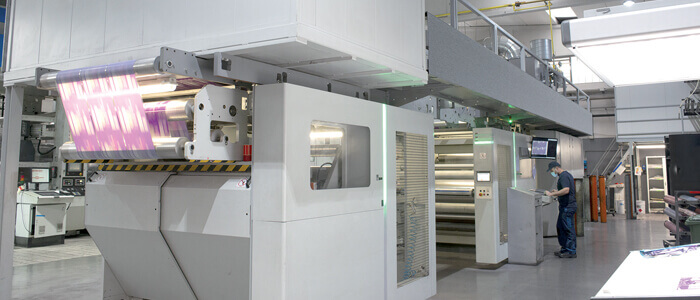
The industrial partner
In order to carry out such an in-depth study, the Insiders felt it necessary to identify a company that had both technologies at its disposal and that shared an interest in this type of analysis. The choice fell on Poplast of Castel San Giovanni (PC).
A different story
Born in the mid-seventies, the company takes its name from its proximity to the Po River and enters the market as a producer of shoppers in different materials for high fashion. In the following decades it began to interface with small realities of the bakery world, which led to an initial evolution and the strengthening of its flexographic printing capacity.
– Starting from the nineties, Poplast begins to produce packaging for fresh pasta, facing new and more complex problems of both barrier and speed of the packaging machines. In order to serve this market, in the 2000s Poplast installed the first two laminating machines (solvent and solventless), which allowed the development of new structures with relevant barrier characteristics against oxygen and humidity and led to the decision to abandon the shoppers and to focus mainly on food packaging.
– 2003 represents a crucial year for the company growth: thanks to the installation of the first rotogravure machine, Poplast is able to address a wider range of customers and to face new and stimulating challenges. This decision, reached by mutual agreement between the then founding partners and the minority shareholders, represents an exception to the normal evolution of the converter, which usually starts with rotogravure printing and only later adds a flexographic line to the fleet of machines.
Innovation and sustainability
From that date onwards, Poplast strengthens its investments in Innovation and Research to intercept new emerging trends. In this context, attention to sustainability matures, which is reflected in the commitment to create a more easily recyclable packaging and has led to the development of new structures, even complex ones, using innovative extrusion processes of biodegradable plastics. This activity has led to the creation of compostable structures, which have earned Poplast important awards at European level.
Today Poplast has a turnover of over 80 million euros and operates with two production plants. The wide range of machines includes three rotogravure lines, seven flexo lines, two laser die-cutting machines, eight laminating machines, twelve slitters and a solvent recovery plant.

the team
Poplast participates in the project by providing operators with significant experience in the entire business process, in order to provide a detailed analysis also from a technical and professional point of view. Here is the complete team:
 Coordinators: Matteo Melegatti, Simone Bonaria (photo on the left)
Coordinators: Matteo Melegatti, Simone Bonaria (photo on the left)
Poplast: Pierangelo Fantoni, CEO; Carlo Callegari, CEO; Jacopo Fantoni, Project Manager; Andrea Ghu, Sales Manager; Francesco Costanzo, Prepress Manager; Roberto Fugazza, Production Manager; Luigi De Rosa, Rotogravure Manager; Giovanni Tosca, Flexo Manager.

